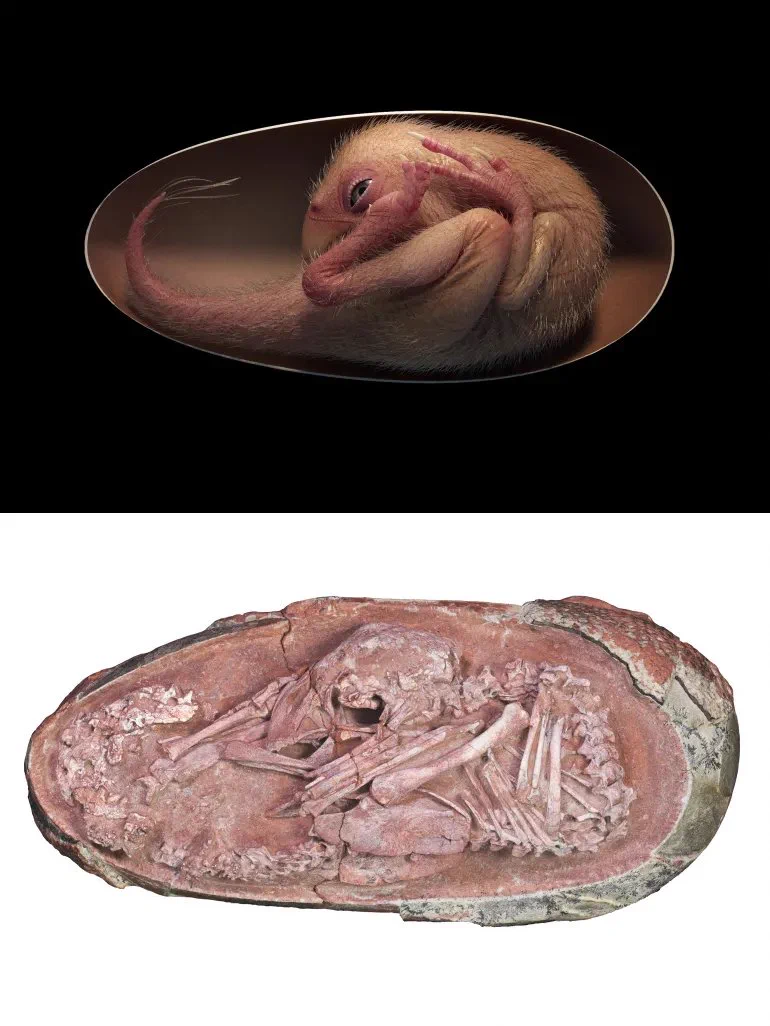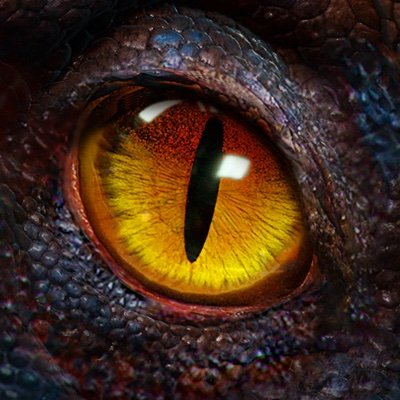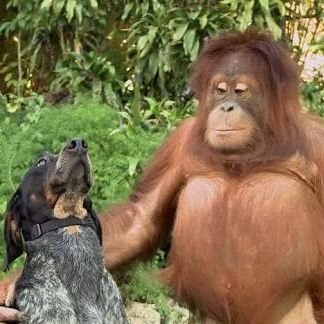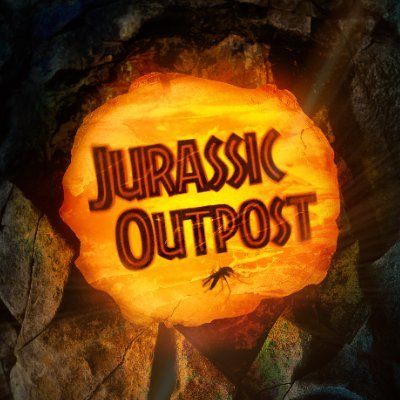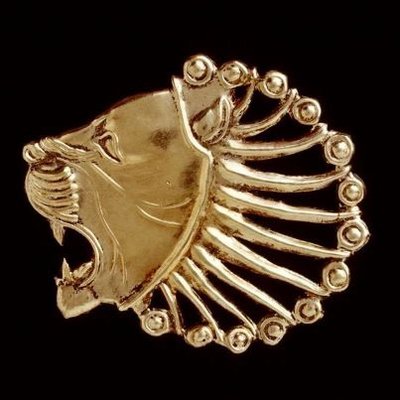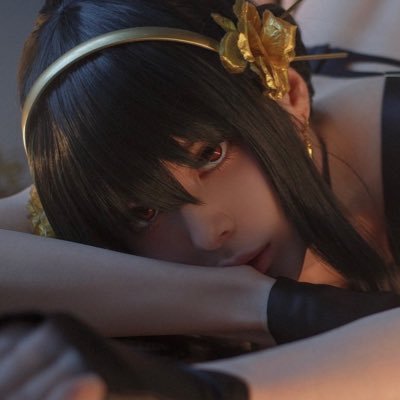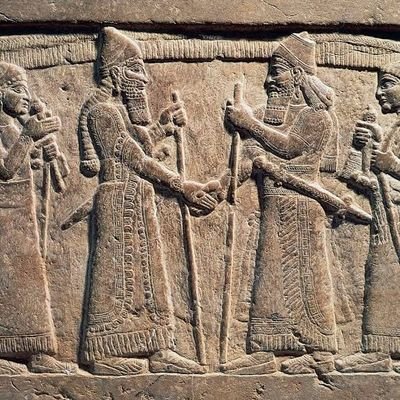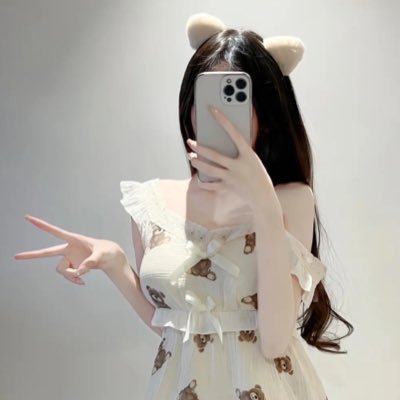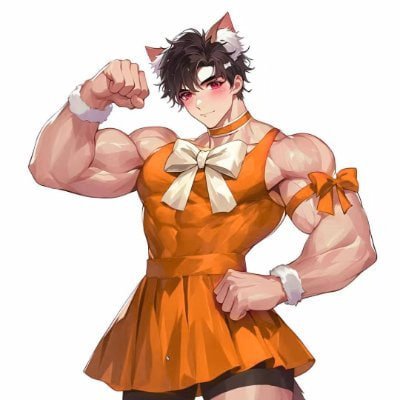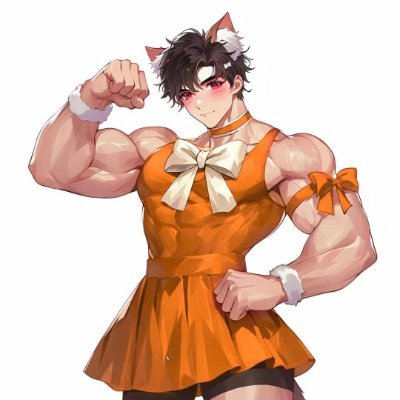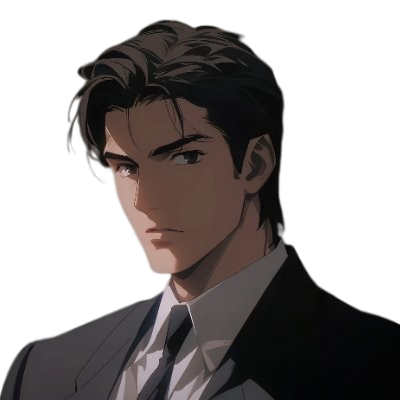🚀The news is out. We have raised $8M in the seed funding round. 🎉 Empowered by the unwavering support of our allies, we harness the imposing strength of the dinosaur. 🦕 Unleash your battle cry with us, commanders - let's roar to the skies!🔥
Beachgoers have a close encounter with a living dinosaur, the Cassowary. They’re very dangerous. They’re referred to as the world’s most dangerous bird.
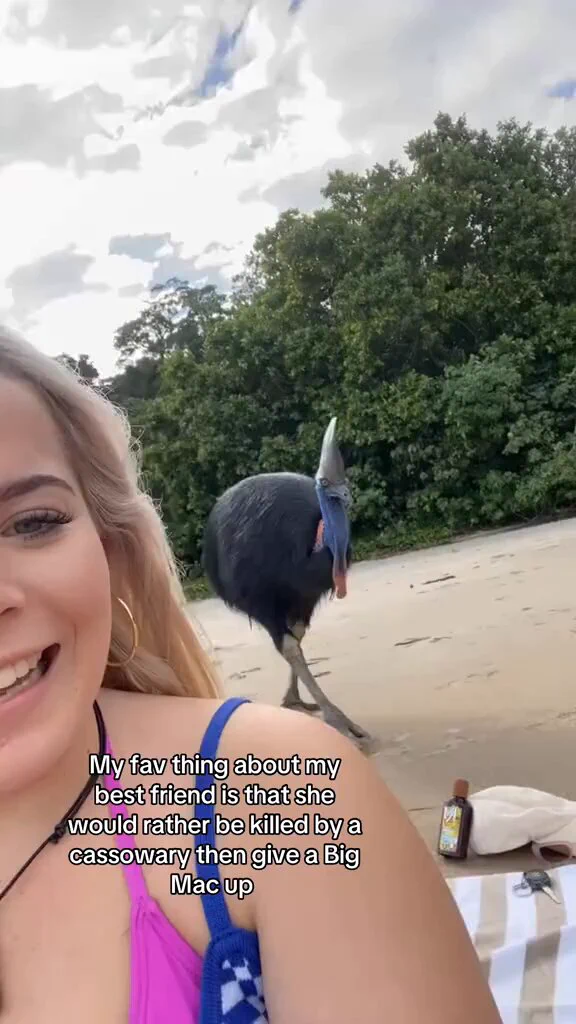
when they tell you about that vaunted editorial integrity process that distinguishes dinosaur media from social media, remember that this false story made it all the way through all the layers of review at the Associated Press
The Jurassic World Rebirth Primal Protector Aquilops ‘Dolores’ is inspired by the companion dinosaur in the movie. This interactive dinosaur toy reacts positively to petting, has a tail activated “protect” action mode, and is ready to chomp on a licorice treat.
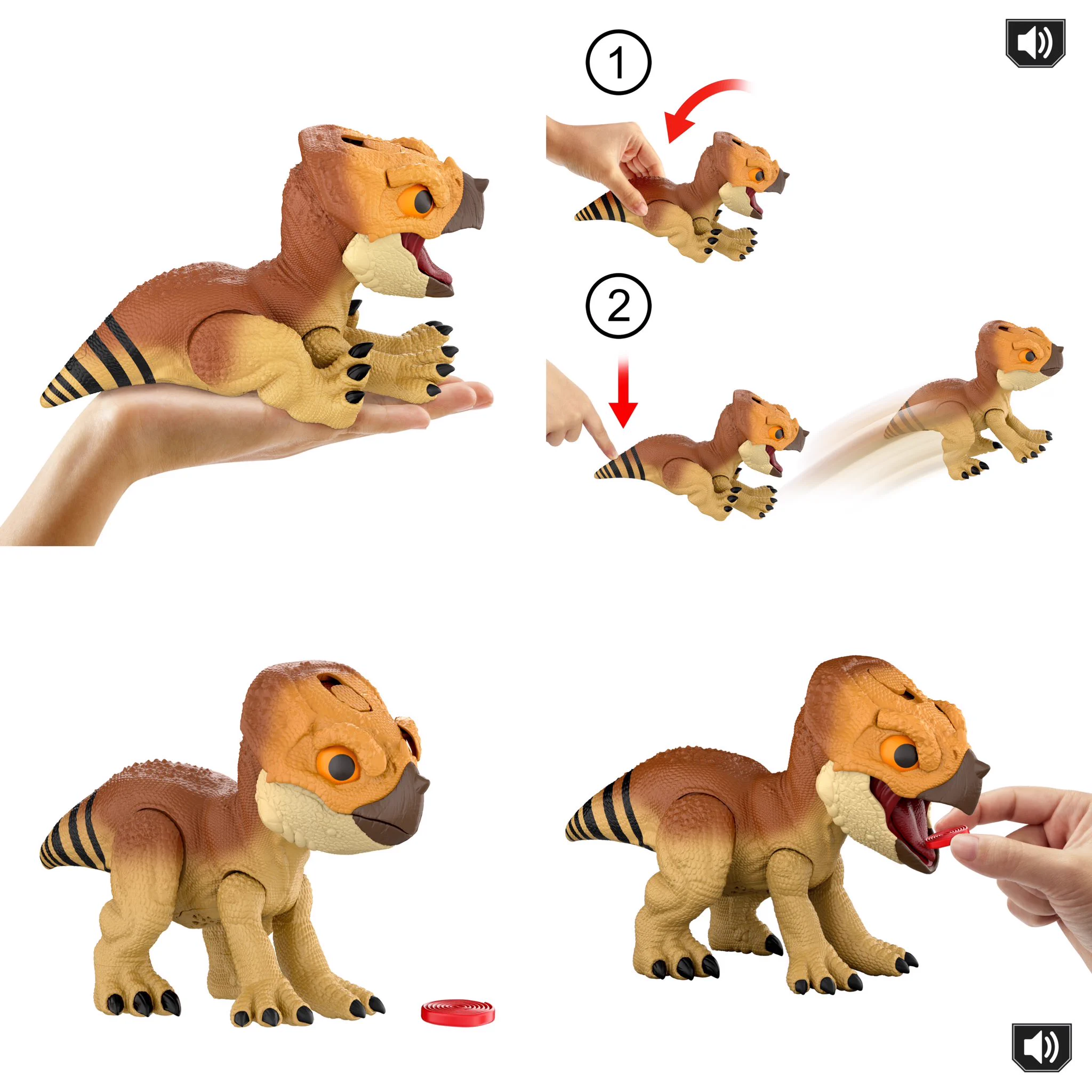
Wait, where was this toy when we were kids? After 32 years, Jurassic Park fans finally get a toy that brings the iconic egg-hatching scene to life. Spin Master's Primal Hatch T. rex lets kids hatch their very own dinosaur egg. The T. rex uses its beak to break out of the gooey eggshell, just like in the 1993 movie. Coming this fall for $59.99, it reacts to touch and sound, with a personality shaped by interactions.
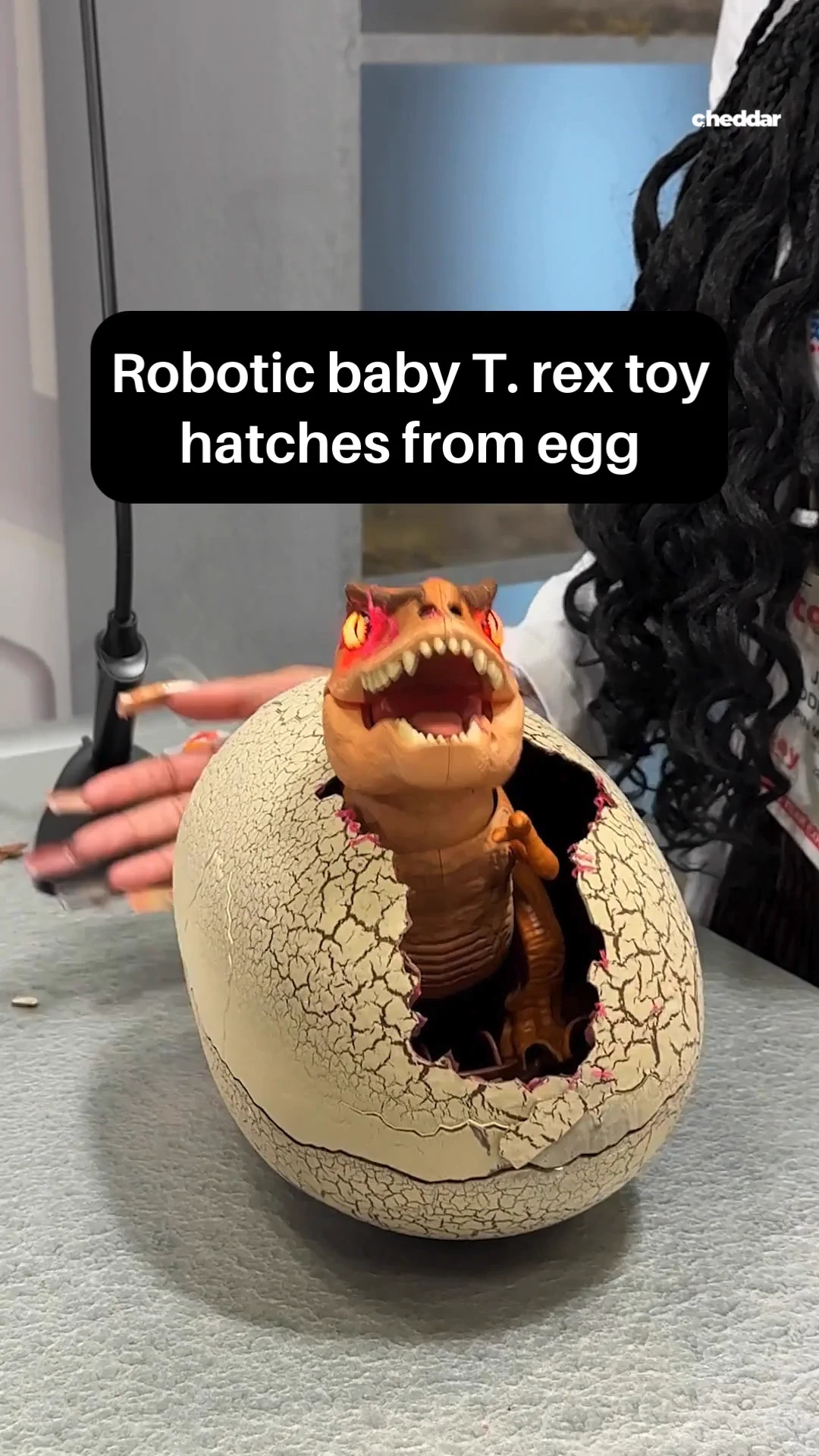
This fossilized skull may look like something out of a fantasy novel, but it’s a real prehistoric discovery. The skull belongs to *Dracorex hogwartsia*, an armored dinosaur from the Late Cretaceous period, specifically the Upper Maastrichtian stage. The name “Dracorex,” meaning “dragon king,” perfectly suits its dragon-like appearance, with spiky ridges, a rugged elongated skull, and bony protrusions. Its striking resemblance to mythical creatures serves as a fascinating reminder that some dinosaurs had features that mirrored legends long before humans ever imagined them. A reconstructed image of *Dracorex hogwartsia* gives us a glimpse into what this dinosaur may have looked like in life. As a member of the pachycephalosaur family, it had a distinctive skull adorned with spiky armor, setting it apart from many of its relatives. The combination of its dinosaurian traits with the fearsome look of a dragon sparks curiosity and wonder, making this species a favorite among both scientists and dinosaur enthusiasts. Discovered in the late 2000s, the skull has contributed valuable insights into the diversity of Late Cretaceous species. It has helped paleontologists better understand the evolutionary adaptations of dinosaurs before the mass extinction event. This find adds another piece to the puzzle of prehistoric life, showcasing the incredible variety of creatures that once roamed the Earth. #drthehistories#
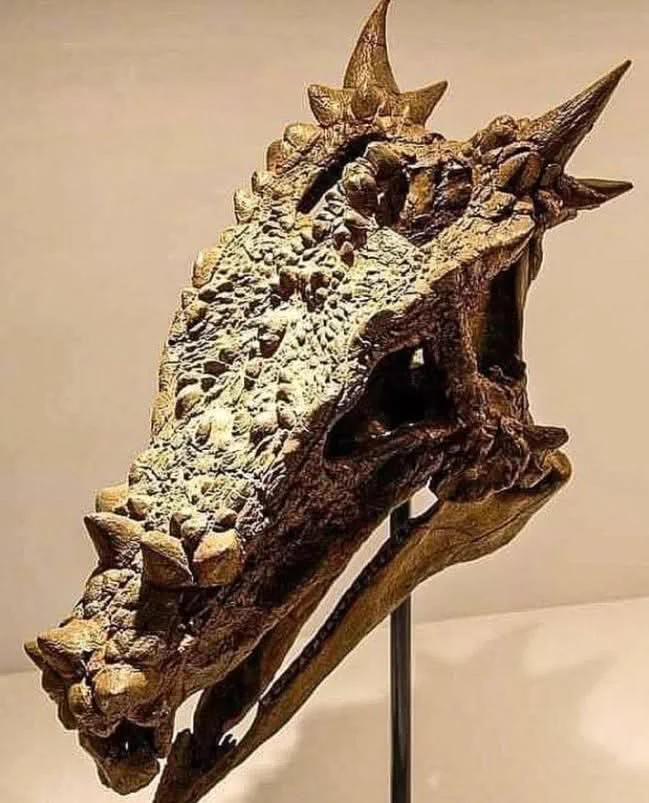
why i went from paleontologist to 🌽⭐️ #paleontology# #JurassicWorld# #dinosaur#

𝙒𝙞𝙡𝙡 𝙮𝙤𝙪𝙧 𝙡𝙞𝙥𝙨 𝙩𝙖𝙨𝙩𝙚 𝙩𝙝𝙚 𝙠𝙞𝙨𝙨 𝙤𝙛 𝙙𝙚𝙖𝙩𝙝? I humbly present the last of dino girlfriend Zero Two! 🦖🌸 And now answer me: who’s your favorite dinosaur? 😂 #ダリフラ# #ゼロツー#

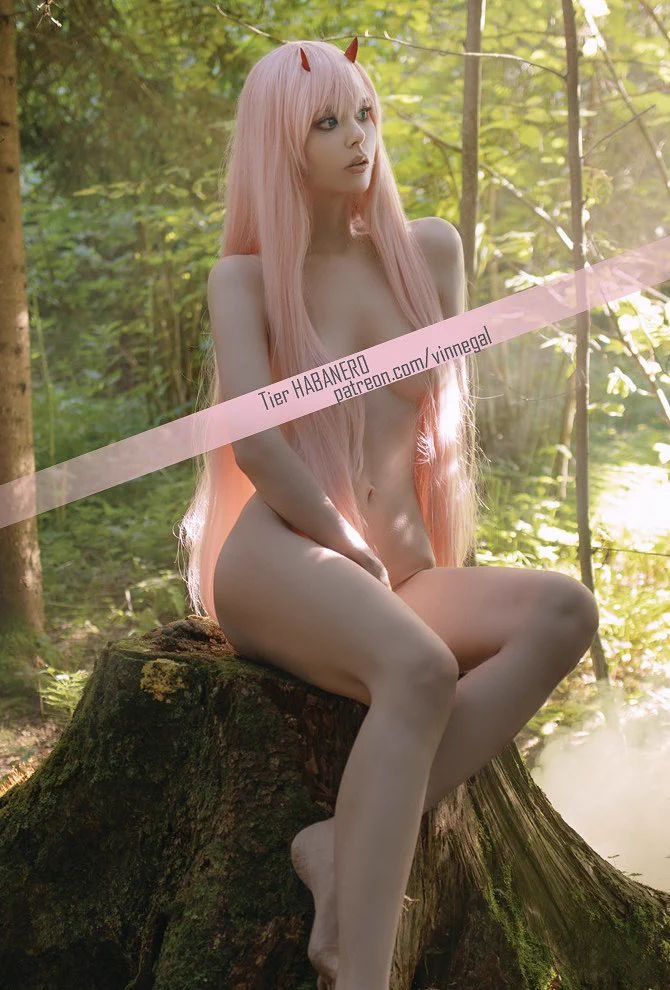
Random fact you didn’t ask for : Most dinosaurs didn’t have penises they had cloacas (one hole for everything). But some may’ve had corkscrew-shaped ones, like ducks.

I think I need an extremely hyper realistic, dinosaur costume it’s becoming more and more necessary.
>Woman goes to grad school for many years to get a Ph.D. >graduates and gets degree >continues to study how dinosaurs evolved into birds while using OF to fund her research >educates and inspires millions everyday to love science and be themselves without shame
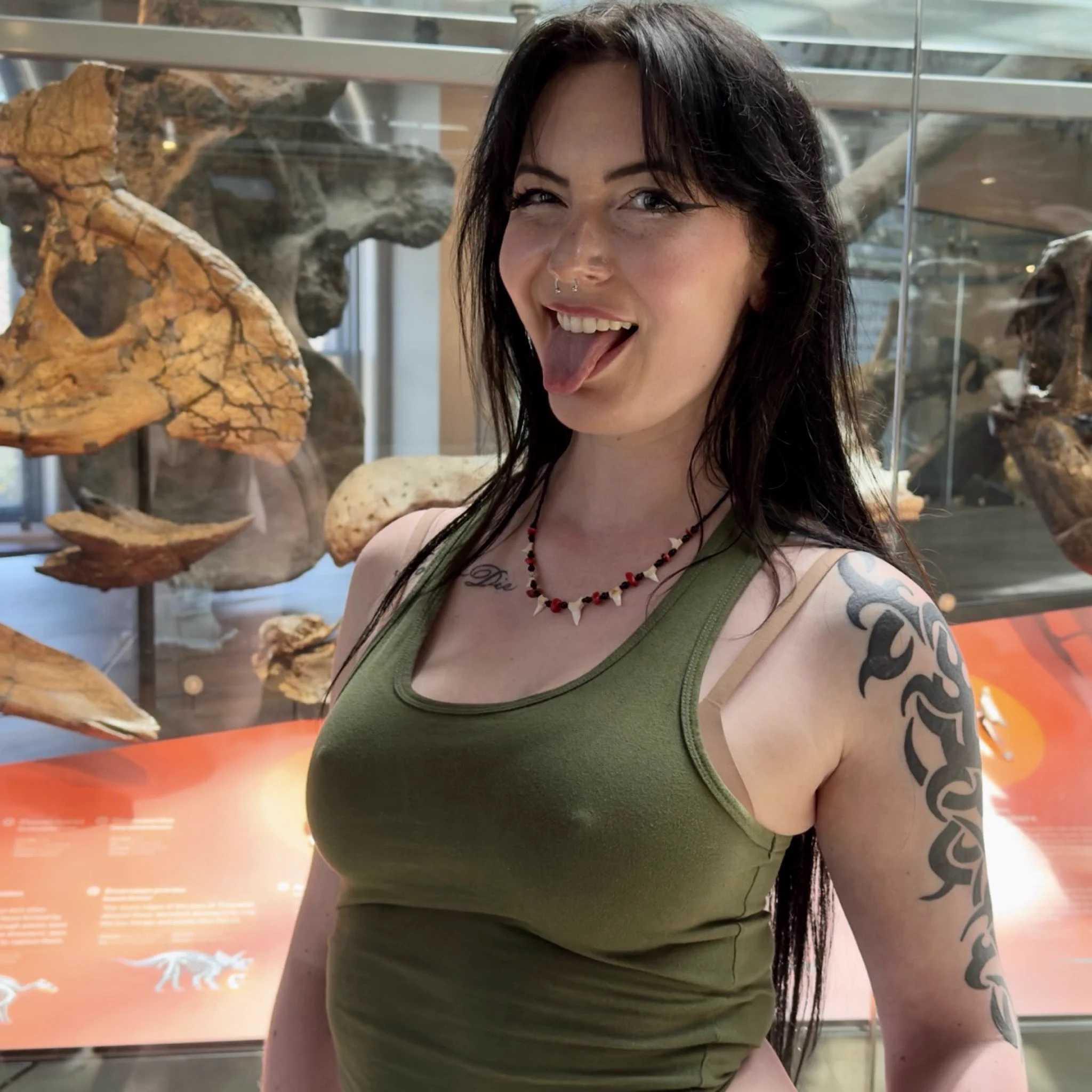
Perfectly kept dinosaur embryo from 66 million years ago found, in China 🇨🇳 In 2021, scientists have announced the discovery of an exquisitely preserved dinosaur embryo from at least 66 million years ago that was preparing to hatch from its egg just like a chicken... The fossil was discovered in Ganzhou, southern China and belonged to a toothless theropod dinosaur, or oviraptorosaur, which the researchers dubbed “Baby Yingliang.” "It is one of the best dinosaur embryos ever found in history," University of Birmingham researcher Fion Waisum Ma, who co-authored a paper in the journal iScience. Ma and colleagues found Baby Yingliang’s head lay below its body, with the feet on either side and back curled – a posture that was previously unseen in dinosaurs, but similar to modern birds. In birds, the behaviour is controlled by the central nervous system and called “tucking”. Chicks preparing to hatch tuck their head under their right wing in order to stabilise the head while they crack the shell with their beak. Embryos that fail to tuck have a higher chance of dying after a hatching that is unsucessful. “This indicates that such behaviour in modern birds first evolved and originated among their dinosaur ancestors,” said Ma. An alternative to tucking might have been something closer to what is seen in modern crocodiles, which instead assume a sitting posture with the head bending upon the chest up to hatching. Oviraptorosaurs, which means “egg thief lizards”, were feathered dinosaurs that lived in what is now Asia and North America during the Late Cretaceous period. They had variable beak shapes and diets and ranged in size from modern turkeys at the lower end to massive Gigantoraptors, that were 8m long. Baby Yingliang measures about 27cm long from head to tail and lies inside a 17cm long egg at the Yingliang Stone Nature History Museum. Researchers believe the creature is between 72 and 66 million years old, and was probably preserved by a sudden mudslide that buried the egg, protecting it from scavengers for aeons. It would have grown 2-3m long if it had lived to be an adult, and would have likely fed on plants. The specimen was one of several egg fossils that were forgotten in storage for decades. The research team suspected they might contain unborn dinosaurs, and scraped off part of Baby Yingliang’s eggshell to uncover the embryo hidden within. “This dinosaur embryo inside its egg is one of the most beautiful fossils I have ever seen,” said Professor Steve Brusatte of the University of Edinburgh, part of the research team, in a statement. “This little prenatal dinosaur looks just like a baby bird curled in its egg, which is yet more evidence that many features characteristic of today’s birds first evolved in their dinosaur ancestors.” The team hopes to study Baby Yingliang in greater detail using advanced scanning techniques to see a full image of the skeleton, including its skull bones because part of the body is still covered by rock. 📷 (Upper) - This life reconstruction shows what the "Baby Yingliang" dinosaur embryo might've looked like inside its egg. (Lower) - The fossilized theropod embryo shows a dinosaur in a curled posture prior to hatching. #archaeohistories#
